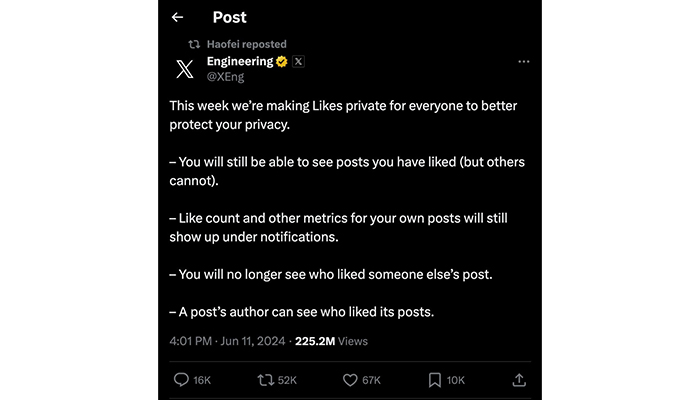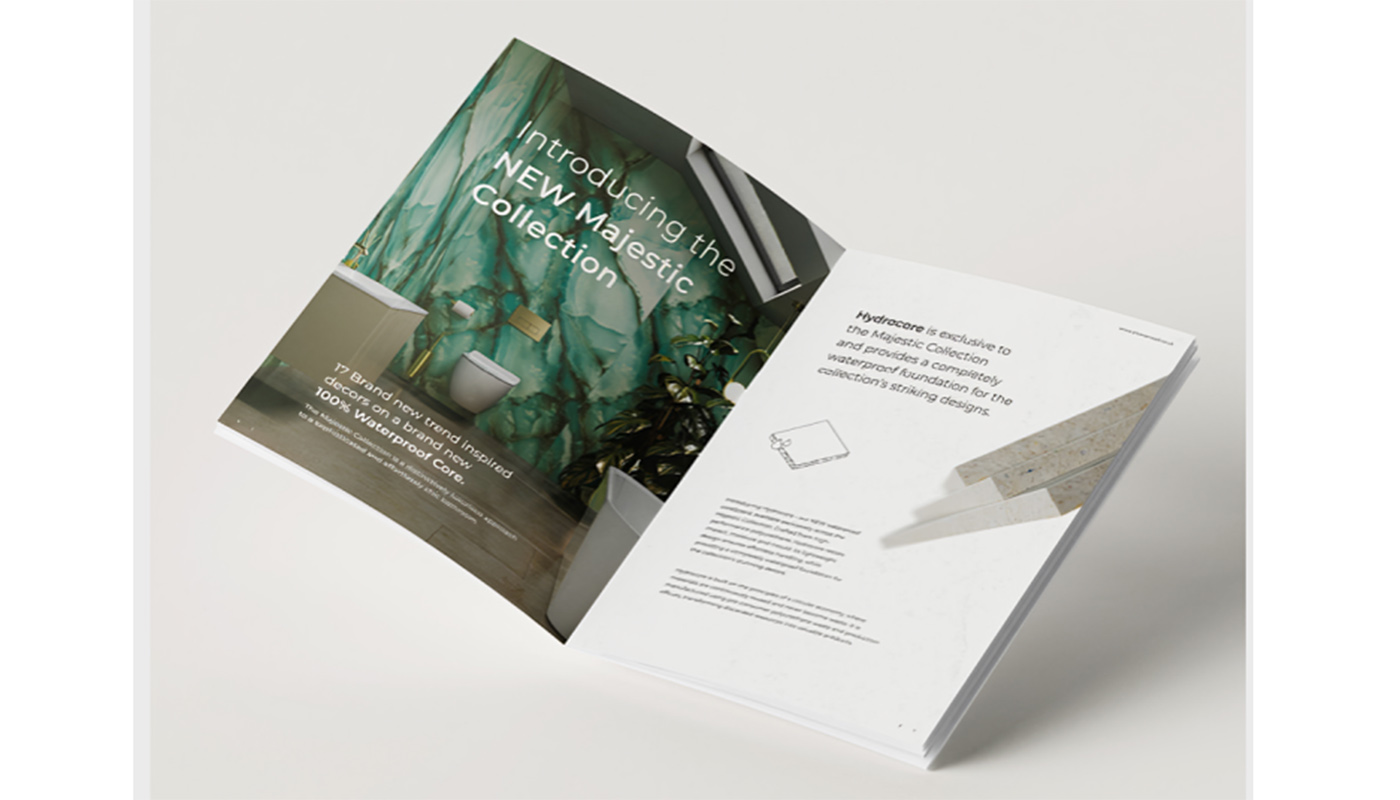Digital marketing – The demise of 'Likes' and what this means for you
Wed 11th Sep 2024 by Katrina Bell

Digital marketing – The demise of 'Likes' and what this means for you
As some social media platforms seem to be deprioritising hitting the Like button, Katrina Bell assesses what this means for your marketing efforts and online engagement – could it actually be good news?
The headlines were hellishly confusing and there was much scrabbling around by social media managers when it was announced in May that Likes were to be phased out on X-Twitter. Initially it was presumed that the most common interaction on all the socials was being phased out by one of the biggest.
Not quite. In a bid to make your preferences a more private affair, the Likes tab was unceremoniously dumped. X-Twitter engineer Haofei Wang said that Likes are incentivising the wrong behaviour and hoped that by making your Likes visible to just you, this would incentivise us all to hit Like more often. And presumably feel more confident of anonymity should an individual have 'edgy' habits on the platform.
This change applies to all users, regardless of whether you have paid for a subscription, however you will still be able to see who has liked your posts.

But X-Twitter is not alone in wanting to limit the effects of Likes on metrics – this move is part of a bigger trend of focusing on more meaningful engagement on your socials.
For instance users on TikTok have the ability to decide who can see their posts Likes and Facebook also has a setting to ‘hide’ your Likes.
Instagram, the influencers’ most attention-seeking of the of the social platforms, is still largely filled by the Like and requires users to set their account with the very highest privacy settings to stop your activity being seen by anyone other than your followers. If not, the algorithm will often prioritise a picture to your followers and show that you have hit the heart icon.
Which is not to say Insta is not considering the same move away. A Fortune magazine article as far back as 2019 suggested that the platform has already modelled a prototype of a ‘Like-less’ landscape, and may even be running it as a ghost app to determine the potential benefits for it, and its users.
For brands this change will require a considerable rethink of what we consider a successful post or campaign.
While users tend to place a higher value on posts with the most Likes on all social media platforms, the so-called ‘vanity metric’ is considered a mostly meaningless, passive interaction that is unlikely to generate discussion. Plenty of studies have shown the negative effects of unliked posts for users, marketers also know that this interaction gives them zero opportunity to communicate in return.
However long Likes linger on the socials, the sensible money is going to be on these factors:
1. How much traffic do your posts drive to your website or app and how high is the conversion rate to sales?
2. Growth rate of followers. Per campaign or post your level of recruitment is one of the most tangible marks of increased interest.
3. Engagement per follower. You may have a lot of followers but is there passivity giving you a false sense of satisfaction with your social marketing? Are you just bland enough for them not to bother to Unfollow?
Tags: insight, features, digital marketing, social media, kitchens, bathrooms


























